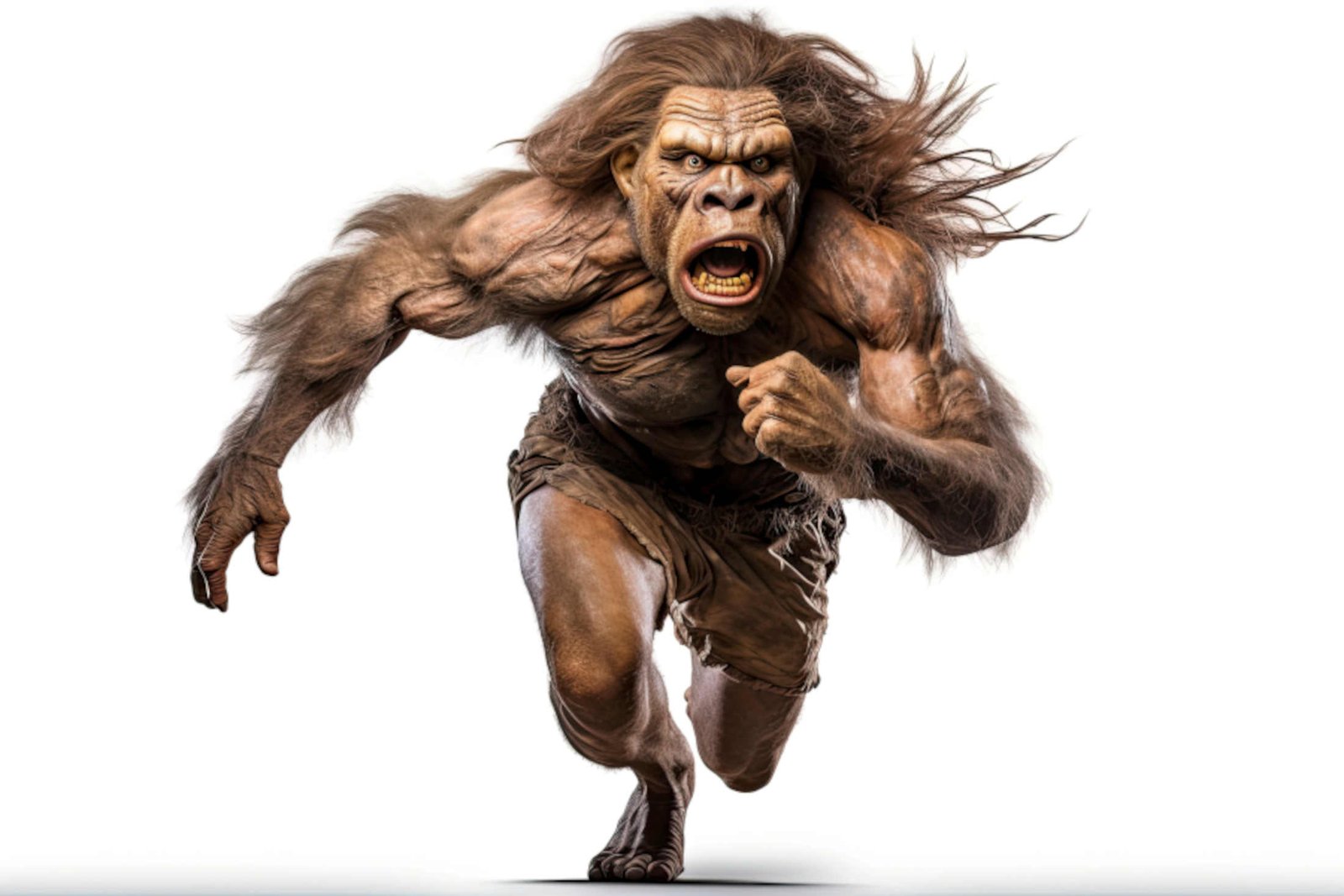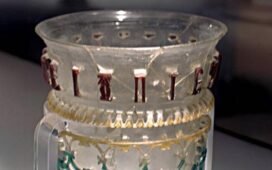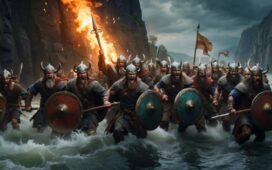Ancient human genetics reveal that early humans, including Neanderthals, were far more athletic than modern humans. These ancestors were not primitive but exhibited superior physical abilities due to a population bottleneck that selected for strength, speed, intelligence, and adaptability.
Neanderthals, often misrepresented as brutish, were actually strong, with muscular physiques and dense bones indicating significant muscle attachment. Their genetics suggest a predisposition to power and sprinting rather than endurance running, with many gene variants linked to athletic performance being more prevalent in Neanderthals than in modern humans.
Neanderthal skeletal structure, including wide hips and shoulders, supported their powerful build. Their lifestyle, which involved hunting large mammals like woolly mammoths through close-contact methods, further enhanced their physical prowess. The necessity for strength and speed in ambush hunting in woodland environments likely drove their evolutionary adaptations.
Modern research highlights the high level of male hormones in Neanderthals, contributing to their muscular build. Unlike the endurance-focused physique of modern humans, Neanderthals’ physicality was suited for short bursts of speed and power. Their robust postcranial skeletons suggest an ability to generate and withstand large forces, making them formidable in physical confrontations and hunting scenarios. Thus, ancient human genetics provided early humans with physical capabilities that often surpass those of Olympic athletes.
Top image: A Neanderthal running. Source: Karlaage/Adobe Stock








